Why We Should Wear Seat Belts: The Importance of Buckling Up
Wearing seat belts is one of the most essential safety
measures that we can take while driving. It is a proven way to reduce the risk
of serious injury or death in case of an accident. Despite the clear benefits
of wearing a seat belt, some people still do not buckle up when they get behind
the wheel. In this article, we will discuss the importance of wearing seat
belts and how it can save your life in an accident.
Introduction In this section, we will discuss the importance
of wearing a seat belt and its effectiveness in reducing the risk of injuries
in accidents. We will also highlight the importance of following traffic rules
and regulations.
What Are Seat Belts?
Seat belts are safety devices designed to keep passengers and
drivers secure in the event of an accident or sudden stop. They are typically
made of a sturdy fabric that is fastened to the vehicle and then strapped
across the body, fitting snugly across the chest and hips. Seat belts are one
of the most effective safety features in modern vehicles and have been
responsible for saving countless lives. They are designed to work in
conjunction with other safety features, such as airbags, to provide maximum
protection in the event of a collision.
The Importance of Wearing Seat Belts
Wearing seat belts is incredibly important for the safety of
all passengers and drivers. There are many reasons why it is crucial to buckle
up when traveling in a vehicle, whether you are driving or simply a passenger.
Here are just a few of the reasons why wearing seat belts are so important:
·
Reduces the Risk of Fatal Injuries: One of the most important reasons to wear a seat belt
is that it can help prevent fatal injuries in the event of an accident. Studies
have shown that wearing a seat belt significantly reduces the risk of death or
serious injury in a car crash. In fact, according to the National Highway
Traffic Safety Administration (NHTSA), seat belts saved an estimated 14,955 lives
in 2017 alone.
·
Reduces the Risk of Non-Fatal Injuries: Seat belts not only reduce the risk of fatal
injuries, but they also reduce the risk of non-fatal injuries in a car
accident. Wearing a seat belt can help prevent injuries such as broken bones,
internal injuries, and whiplash.
·
Keeps Passengers Inside the Vehicle: Another important reason to wear a seat belt is that
it helps keep passengers inside the vehicle in the event of an accident.
Without a seat belt, passengers can be ejected from the vehicle, which
significantly increases the risk of serious injury or death.
·
Protects Against Airbag Injuries: Airbags are an important safety feature in modern vehicles,
but they can also be dangerous if a passenger is not wearing a seat belt.
Without a seat belt, an airbag can cause serious injuries, including broken
bones and internal injuries.
·
Sets a Good Example: Wearing a seat belt sets a good example for others, especially children.
By buckling up, you are showing others that safety is important and should be
taken seriously.
Overall, wearing a seat belt is a simple yet effective way to
protect yourself and others while traveling in a vehicle. It is important to
always wear a seat belt, no matter how short the trip may be or how confident
you are in your driving abilities. Remember, accidents can happen to anyone, so
it is always better to be safe than sorry.
Also, Read - TYPES OF ELECTRIC VEHICLES
How Seat Belts Save Lives
Seat belts are one of the most important safety features in
modern vehicles and are responsible for saving countless lives every year.
There are several ways in which seat belts help to prevent serious injuries and
fatalities in the event of a car crash:
·
Restrains the Body: When a car comes to a sudden stop, such as in a collision or when
braking abruptly, the body continues to move forward at the same speed as the
car. Without a seat belt, the body will keep moving until it hits another
object, such as the windshield, steering wheel, or dashboard. A seat belt
restrains the body and helps to prevent it from hitting any hard surfaces,
which can significantly reduce the risk of serious injury or death.
·
Distributes Force: A seat belt helps to distribute the force of a collision across the body.
Rather than one area of the body taking the full force of the impact, the force
is spread out over a larger area, which can help to reduce the risk of serious
injuries.
·
Prevents Ejection: Without a seat belt, passengers can be ejected from the vehicle in the
event of a collision. Being ejected from a vehicle significantly increases the
risk of serious injury or death. A seat belt helps to keep passengers inside
the vehicle, which can help to protect them from serious harm.
·
Works with Airbags: Seat belts work in conjunction with airbags to provide maximum
protection in the event of a collision. The seat belt helps to keep the body in
the correct position so that the airbag can provide the maximum amount of
protection to the head and neck.
·
Saves Lives:
Overall, wearing a seat belt can help to save lives in the event of a car
crash. Studies have shown that seat belts significantly reduce the risk of
death or serious injury, which is why they are such an important safety feature
in all modern vehicles.
Seat Belt Laws in India
Seat belt laws in India are in place to help ensure the
safety of all vehicle occupants. In 2019, the Indian government passed a new
Motor Vehicles Act that significantly increased the fines for violating seat
belt laws. Here are the key things to know about seat belt laws in India:
·
Seat Belts Are Mandatory: In India, it is mandatory for all occupants of a vehicle to
wear seat belts while the vehicle is in motion. This includes the driver and
all passengers.
·
Fines for Non-Compliance: Under the new Motor Vehicles Act, the fine for not wearing a
seat belt is Rs 1,000 for the first offense and Rs 2,000 for each subsequent
offense. The fine for not wearing a seat belt is the same for drivers and
passengers.
·
Enforcement of the Law: Seat belt laws are enforced by traffic police in India. The
police have the authority to stop and fine drivers who are not wearing seat
belts, and they may also check for compliance with seat belt laws during
routine traffic stops.
·
Exemptions:
There are a few exemptions to the seat belt laws in India. For example,
individuals who are unable to wear a seat belt due to a medical condition are
exempted from the law. However, this exemption must be supported by a medical
certificate.
·
Responsibility of Drivers: Drivers are responsible for ensuring that all passengers in
their vehicle are wearing seat belts. If any passenger is not wearing a seat
belt, the driver may be fined for non-compliance.
Common Myths about Seat Belts
Seat belts are one of the most effective safety features in
vehicles, yet there are many myths and misconceptions about them. In this
article, we will debunk some of the most common myths about seat belts:
·
Seat Belts Can
Cause More Injuries Than They Prevent: This is a common myth that suggests that
wearing a seat belt can cause more harm than good in the event of an accident.
However, this is not true. Seat belts are designed to protect the occupant by
distributing the force of the impact over a wider area of the body, thereby
reducing the risk of injury.
·
Seat Belts Are Only Necessary at High Speeds: Another common myth is that seat
belts are only necessary at high speeds. This is not true. In fact, most
accidents happen at speeds of less than 40 km/h, and even at low speeds, a seat
belt can prevent serious injuries.
·
Seat Belts Are Uncomfortable: Some people avoid wearing seat belts because they find them
uncomfortable. However, modern seat belts are designed to be both comfortable
and effective. If you find your seat belt uncomfortable, adjust the position or
seek advice on how to properly wear it.
·
Airbags Are Enough Protection: Airbags are an important safety feature, but they are not a
substitute for seat belts. Airbags are designed to work in conjunction with
seat belts to provide maximum protection in the event of an accident.
·
Seat Belts Are Only Necessary for the Front Seat: All occupants of a vehicle,
regardless of their seating position, should wear a seat belt. This includes
passengers in the rear seat, who are often at a higher risk of injury in the
event of an accident.
·
Seat Belts Can Trap You in a Burning or Submerged Vehicle: This is a myth that suggests that
wearing a seat belt can prevent you from escaping a burning or submerged
vehicle. In fact, wearing a seat belt can help keep you conscious and, in your
seat, giving you a better chance of escaping.
How to Wear a Seat Belt Correctly

Wearing a seat belt is a simple and effective way to protect
yourself while driving or riding in a vehicle. However, it is important to wear
the seat belt correctly to ensure maximum protection. Here are the steps to
follow to wear a seat belt correctly:
·
Adjust the Seat: Before putting on your seat belt, adjust your seat so that you can sit
comfortably with your back against the seat and your feet on the floor. Make
sure that you are not too close to the steering wheel or dashboard.
·
Fasten the Seat Belt: Buckle the seat belt and make sure it is properly secured. The lap belt
should be positioned across your hips and the shoulder belt should be
positioned across your chest and over your shoulder.
·
Adjust the Straps: Adjust the straps so that they are snug but not too tight. The lap belt
should be snugly fitted across your hips and the shoulder belt should be snugly
fitted across your chest and over your shoulder.
·
Never Place the Seat Belt Behind Your Back or Under Your Arm: The seat belt should always be worn
across your lap and chest. Never place the seat belt behind your back or under
your arm, as this can cause serious injuries in the event of an accident.
·
Use a Booster Seat for Children: Children under the age of 12 should always ride in the back
seat and use a booster seat if necessary. The booster seat should be secured
with a seat belt and positioned so that the lap belt is across the child's hips
and the shoulder belt is across their chest.
·
Replace Damaged Seat Belts: If your seat belt is damaged, it is important to have it
replaced as soon as possible. A damaged seat belt can be ineffective in the
event of an accident, so it is important to ensure that it is in good
condition.
By following these simple steps, you can ensure that you are
wearing your seat belt correctly and maximizing your safety while driving or
riding in a vehicle. Remember, wearing a seat belt is the most effective way to
protect yourself in the event of an accident.
We have discussed the importance of
wearing a seat belt and its effectiveness in reducing the risk of serious
injury or death in case of an accident. We have also debunked common myths
about seat belts and explained the benefits of wearing them.


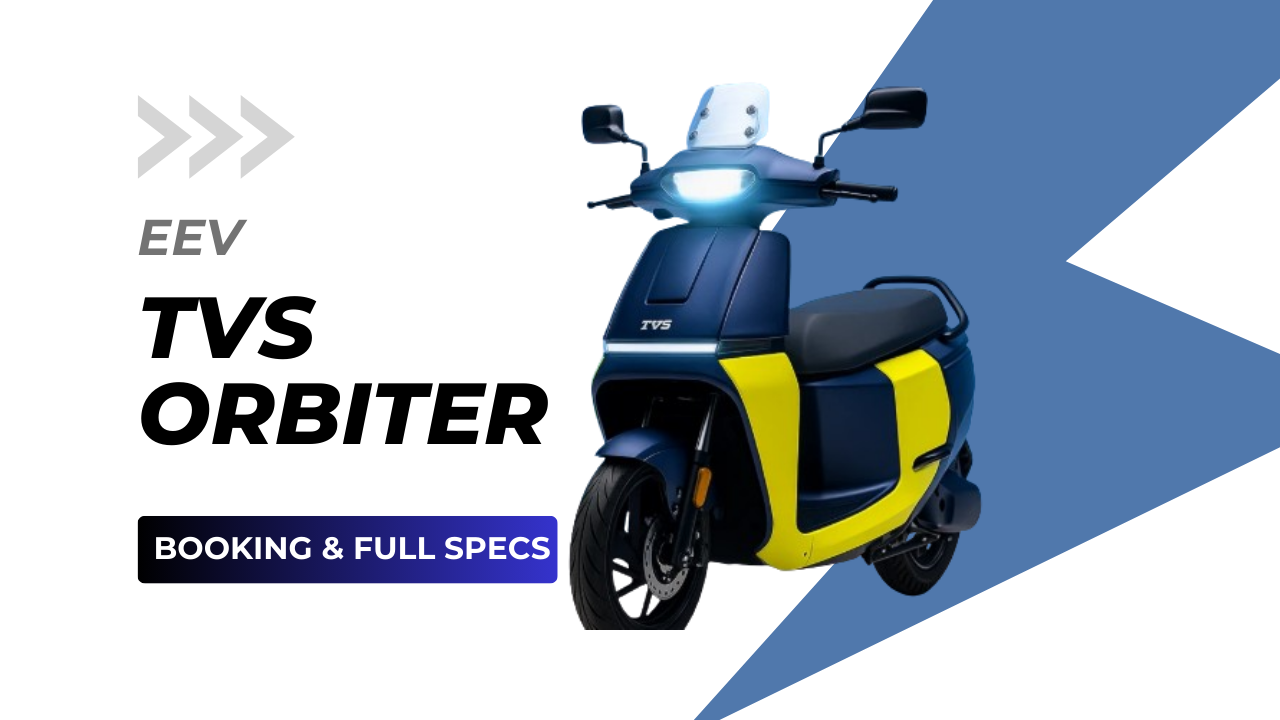



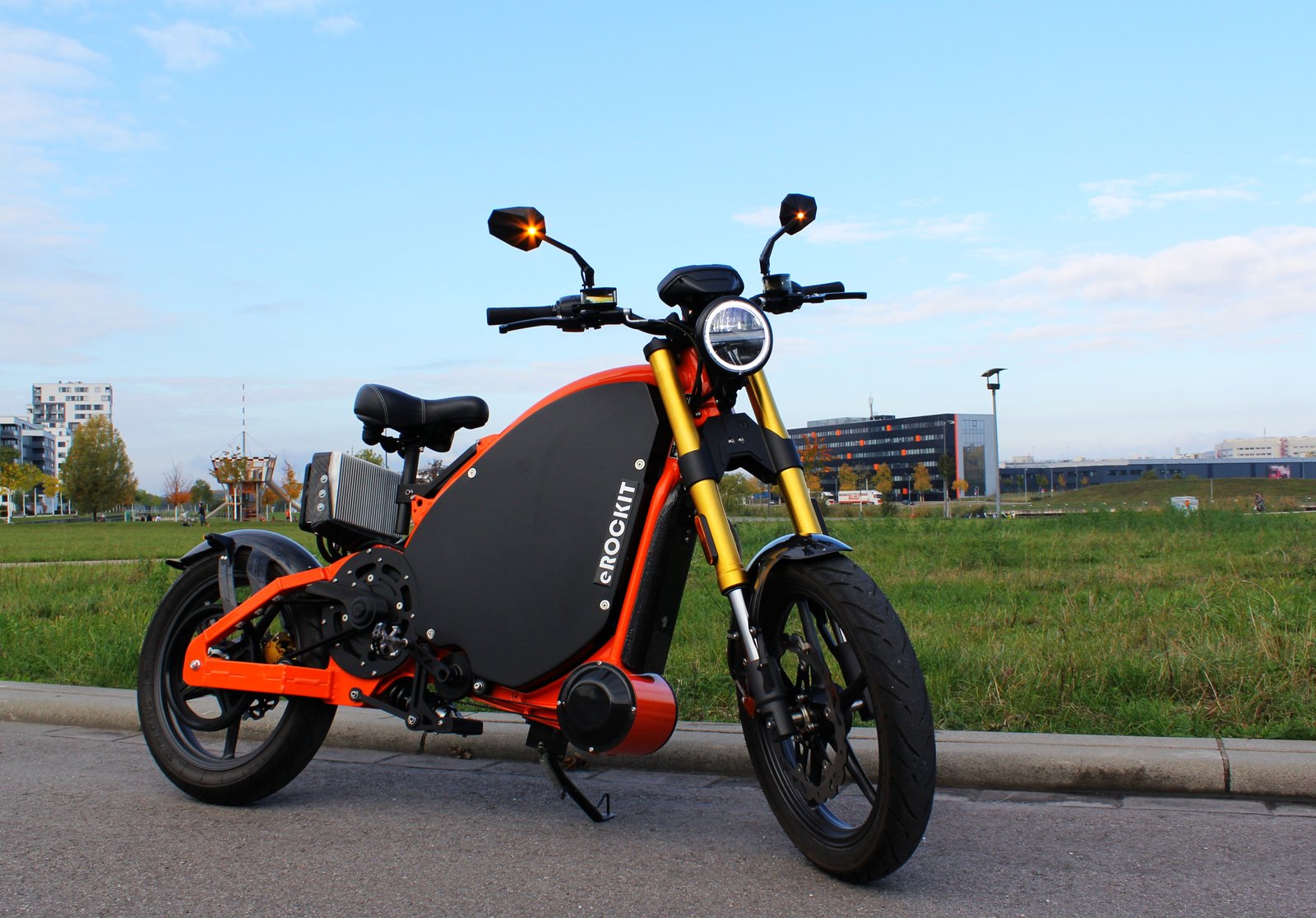


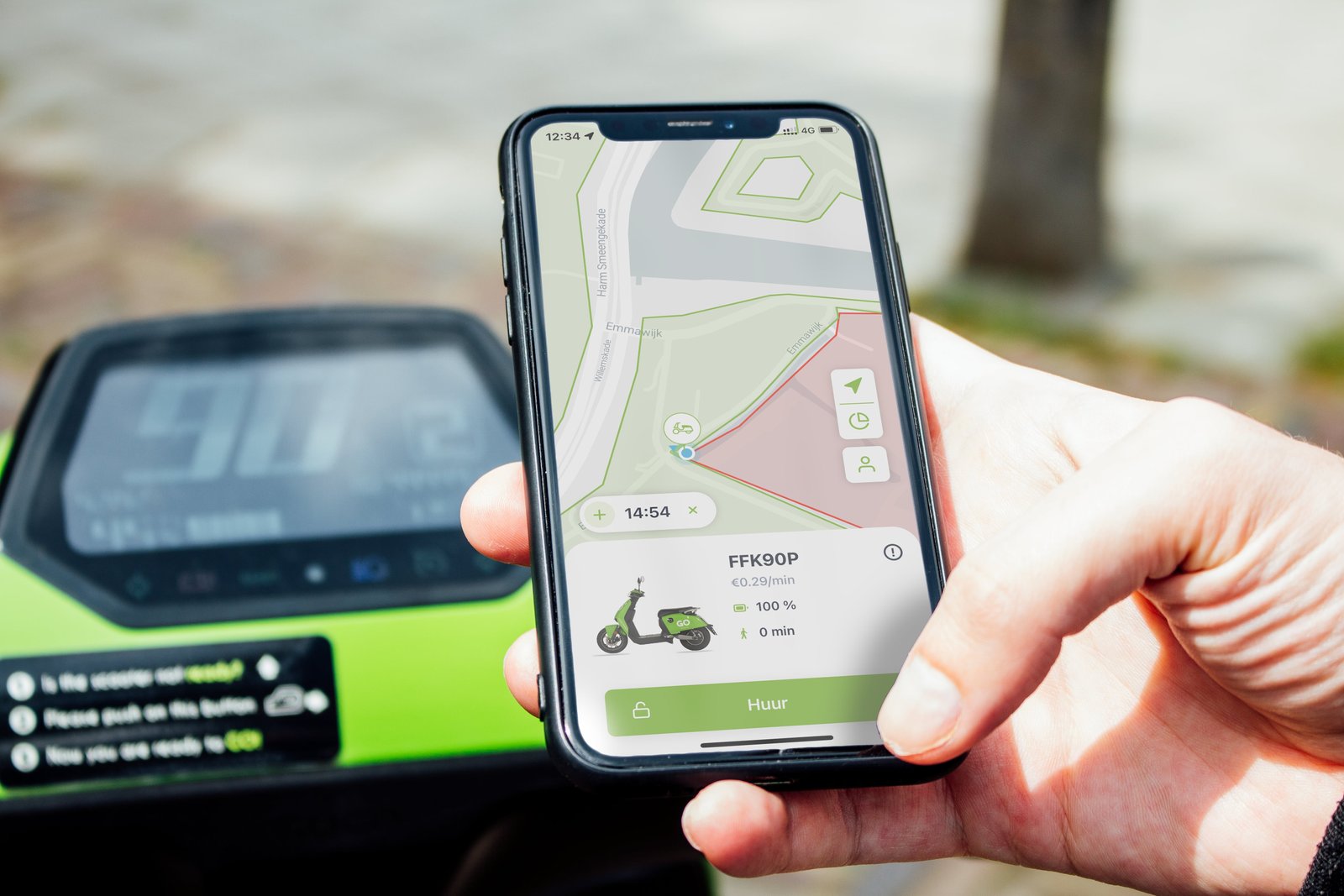



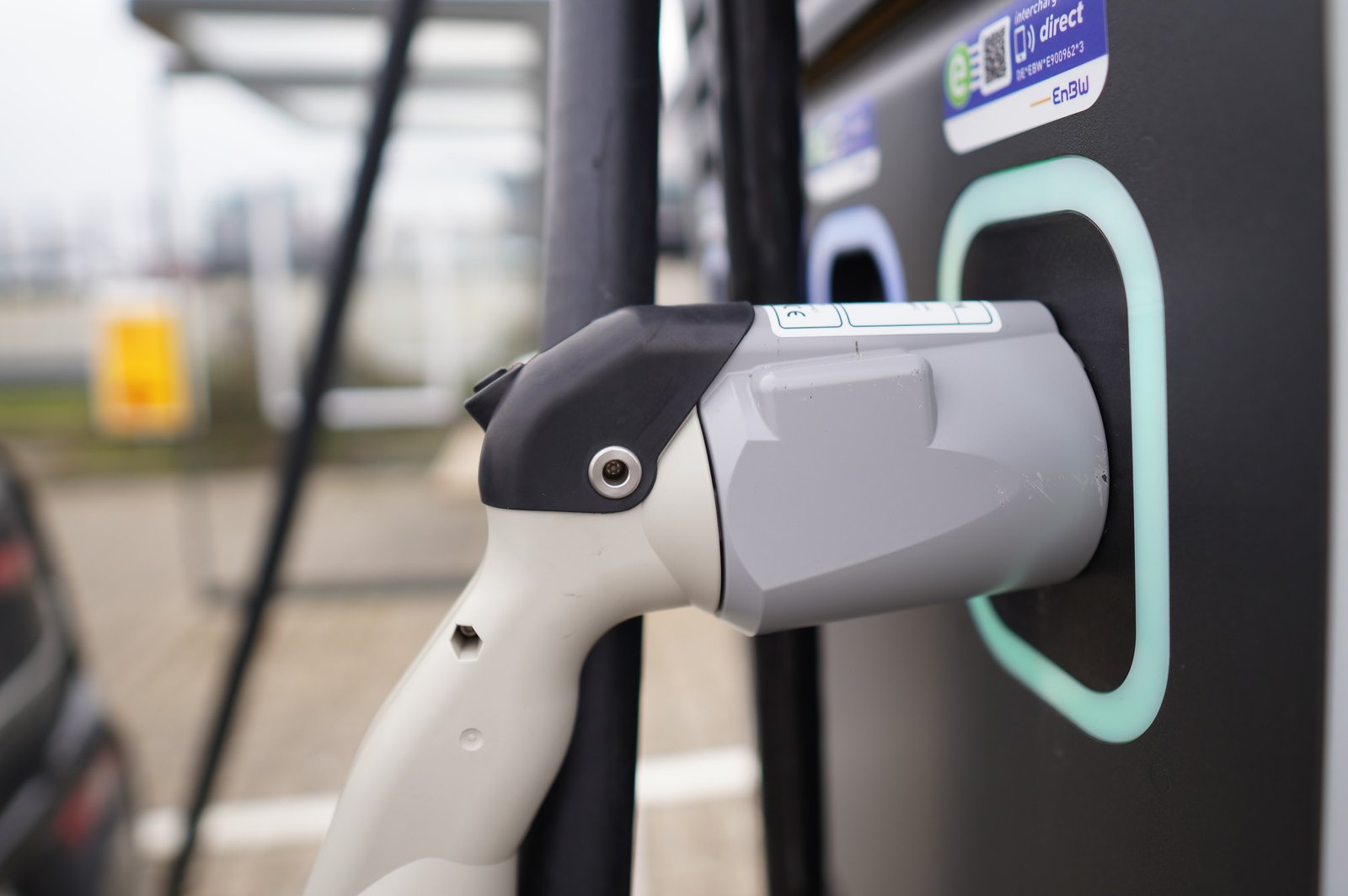


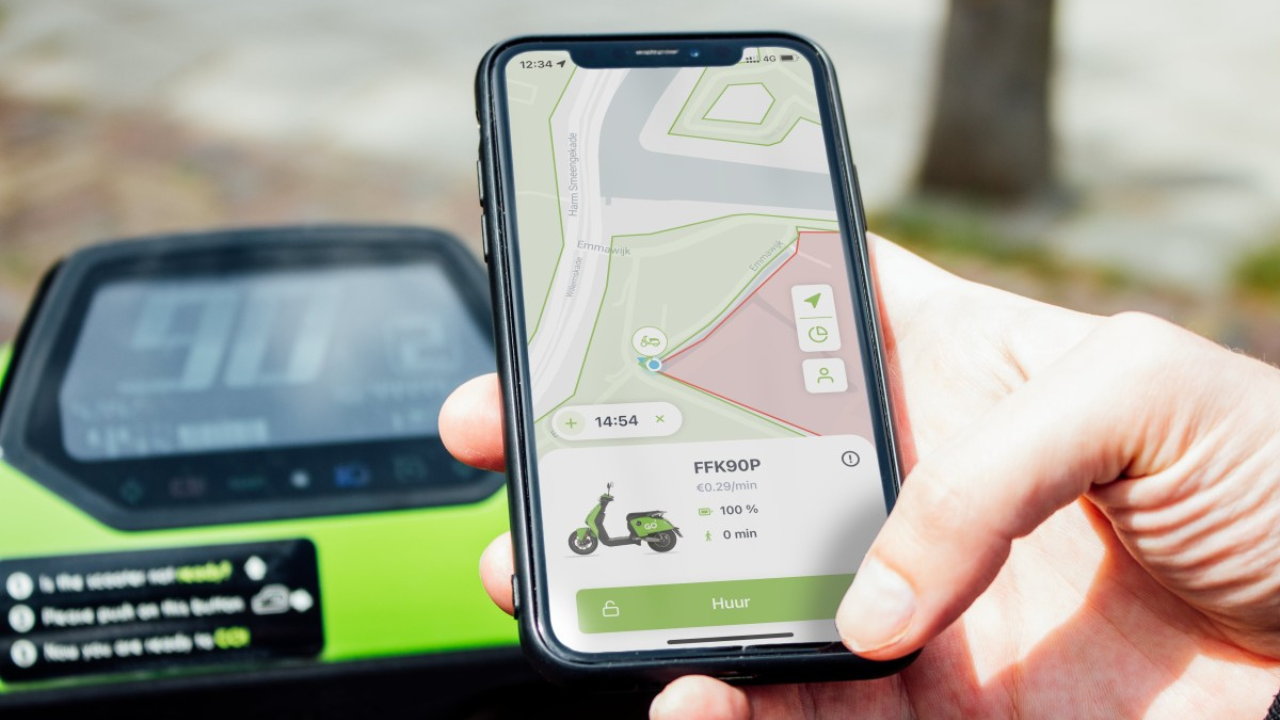
Leave a Comment